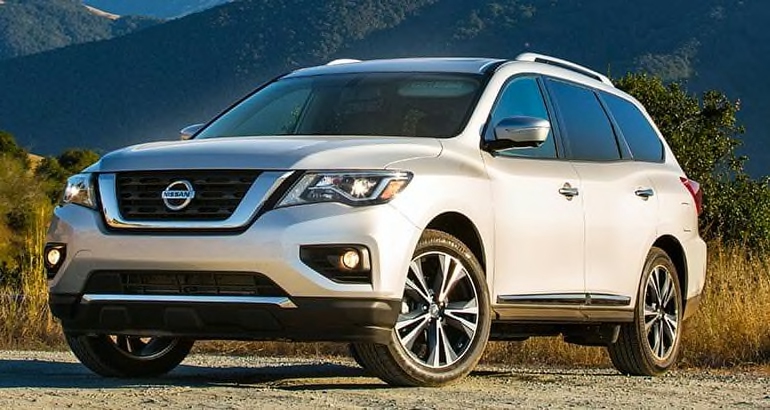Nissan announced that it will make automatic emergency braking standard on seven models for the 2018 model year and on select versions of an eighth.
The manufacturer projects that 1 million of its 2018 model year vehicles will be equipped with AEB, which more than doubles the number of 2017 Nissan vehicles equipped with this key safety feature.
Consumer Reports has long advocated that forward-collision warning (FCW) and automatic emergency braking (AEB) come standard on all vehicles, recognizing it as a significant feature capable of saving lives, reducing injuries, and protecting property.
"This proven technology is the most promising safety advance we've seen since the introduction of electronic stability control almost two decades ago," says Jake Fisher, Consumer Reports' director of automotive testing. "With standard AEB and FCW, Nissan is taking an important step toward making this key safety feature available to more buyers."
It is such an important feature that CR testers award bonus points to a vehicle's Overall Score if it has forward-collision warning and automatic emergency braking standard across the vehicle's model line.
Nissan's system incorporates both forward-collision warning with automatic emergency Braking. FCW uses audible and visual alerts to warn the driver to slow down to avoid a potential collision with a vehicle in front. If the driver fails to respond to the warning, the car will intervene and apply braking.

All Nissan Altima, Leaf, Maxima, Murano, Pathfinder, Rogue, and Rogue Sport models will be equipped with AEB and FCW as standard equipment. Consumer Reports will add points to the overall scores of these models for the 2018 model year to reflect the change.
While some versions of the Armada and most versions of the Sentra will have AEB and FCW, these models will not receive the additional points until the systems are standard across the model line.
Nissan says its AEB system works in a range from 3 mph to approximately 50 mph. Its 2018 models go on sale starting late summer and roll out through early fall 2017.
According to Michael Bunce, vice president, product planning, Nissan North America, Inc., "This increased AEB availability is part of our ongoing commitment to help reduce fatalities while realizing our comprehensive vision of Nissan Intelligent Mobility."
Nissan, along with 19 other automakers, made a voluntary agreement with the National Highway Traffic Safety Administration in March 2016 to make AEB standard on every trim level of most light vehicles starting in 2022.
"The faster automakers roll out these systems, the more lives will be saved," says William Wallace, a policy analyst for Consumers Union, the policy and mobilization arm of Consumer Reports. "Nissan—like Toyota and Mercedes-Benz before it—is showing that it understands proven safety features should be standard equipment, and should benefit all consumers as soon as possible."
Along with making AEB standard on these models, Nissan announced that it has changed how it refers to the system. Up until now, Nissan referred to the system as "forward emergency braking." But with the 2018 model year, the manufacturer is changing to the more-standardized "automatic emergency braking."
CR supports the change of name, and encourages all automakers to use standardized names when referring to advanced safety features, to avoid confusing consumers.
To see which cars already have forward-collision warning and automatic emergency braking systems, see our guide to models with advanced safety features.





















